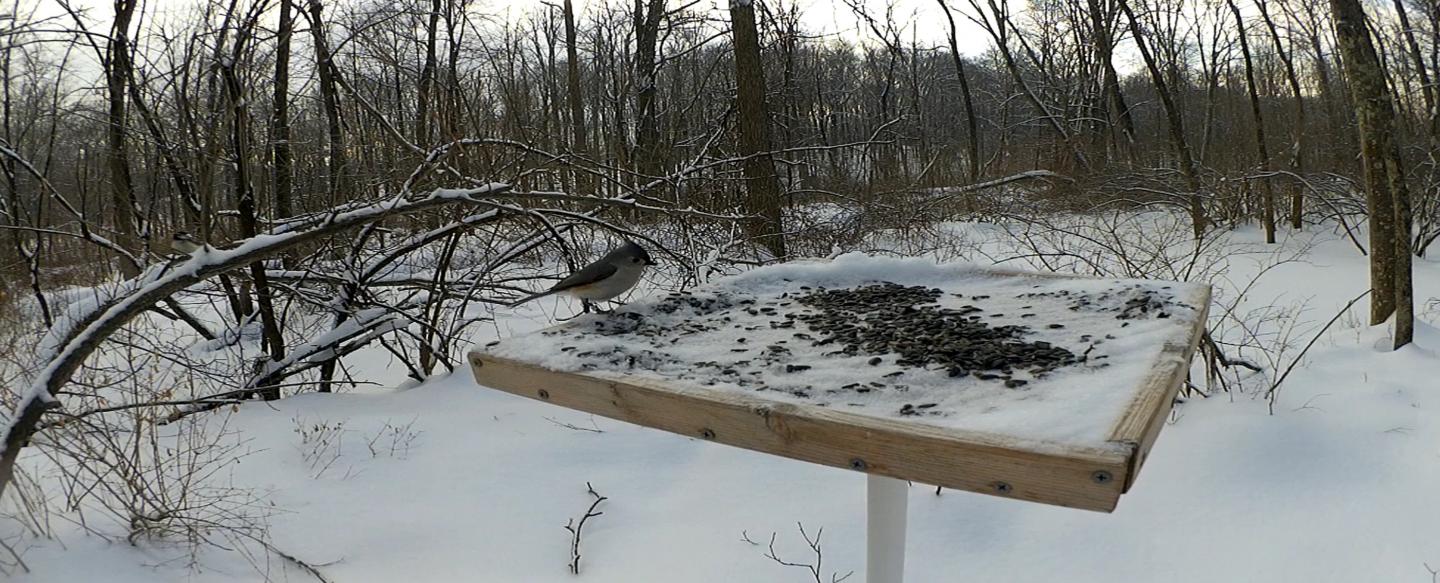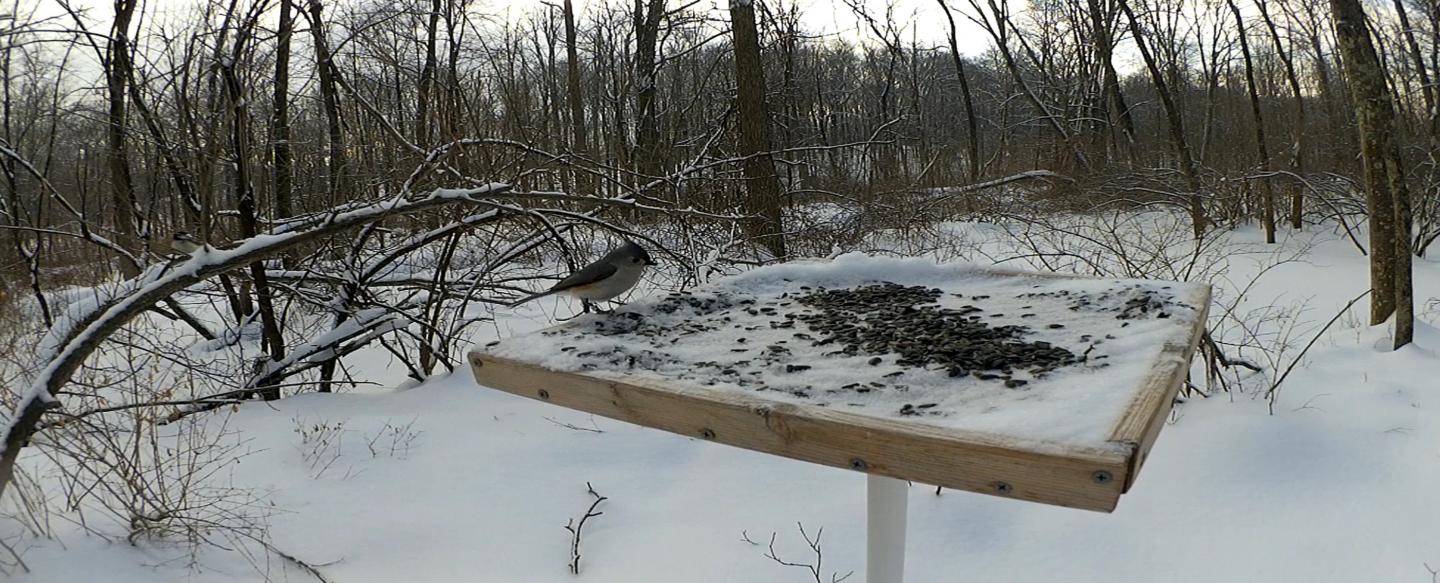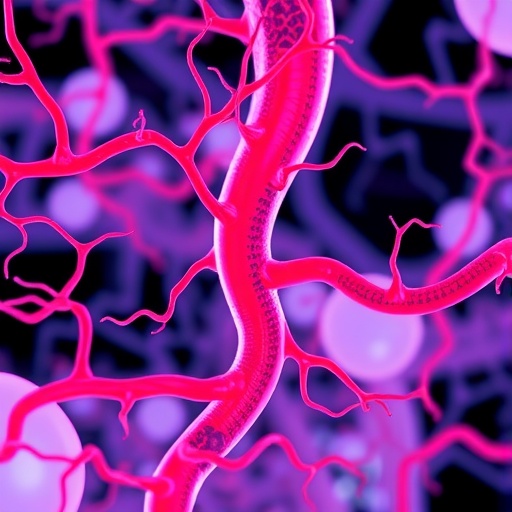
Credit: J. Damsky and M. Gall
Pollution can take many forms–including noise. Excess noise in the environment from sources such as traffic can have negative effects on animals that rely on sound to communicate and get information about their surroundings. A new study from The Condor: Ornithological Applications shows that traffic noise makes birds less responsive to alarm calls that would otherwise alert them to dangers such as predators.
Megan Gall and Jacob Damsky of New York's Vassar College tested how traffic noise affected the reactions of Black-capped Chickadees and Tufted Titmice to titmouse alarm calls, which warn birds that a predator is nearby. Using speakers set up near feeding platforms baited with bird seed, they recorded the birds' responses to three different recordings–alarm calls alone, traffic noise alone, and a combination of the two. The traffic noise didn't deter the birds from feeding, but five times as many birds approached speakers when the researchers played alarm calls on their own compared with when traffic sounds were added.
"There has been lots of work on how anthropogenic noise affects vocal production, but much less on the response of animals to signals in the presence of noise," says Gall. "Additionally, a lot of this work focuses on song, but we were interested in how noise might affect responses to an anti-predator vocalization. These vocalizations are evoked by the presence of a predator and so are closely linked in time with a particular stimulus."
The study's results suggest that traffic noise can reduce birds' ability to hear an alarm call, potentially increasing their vulnerability to predators. "Gall and Damsky's experiment helps us understand how human-caused noise can interfere with the transfer of information among animals in social groups," according Florida Atlantic University's Rindy Anderson, an expert in vocal communication in birds who was not involved with the study. "It's interesting that the birds' foraging behavior was not affected under any of the playback conditions, which suggests that the behavioral effects were due to the call playbacks being masked by noise, rather than the noise being simply aversive."
###
"Anthropogenic noise reduces approach of Black-capped Chickadee (Poecile atricapillus) and Tufted Titmouse (Baeolophus bicolor) to Tufted Titmouse mobbing calls" will be available December 28, 2016, at http://americanornithologypubs.org/doi/abs/10.1650/CONDOR-16-146.1 (issue URL http://americanornithologypubs.org/toc/cond/119/1).
About the journal: The Condor: Ornithological Applications is a peer-reviewed, international journal of ornithology. It began in 1899 as the journal of the Cooper Ornithological Club, a group of ornithologists in California that became the Cooper Ornithological Society, which merged with the American Ornithologists' Union in 2016 to become the American Ornithological Society.
Media Contact
Rebecca Heisman
[email protected]
http://www.aoucospubs.org
############
Story Source: Materials provided by Scienmag





